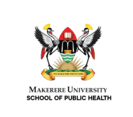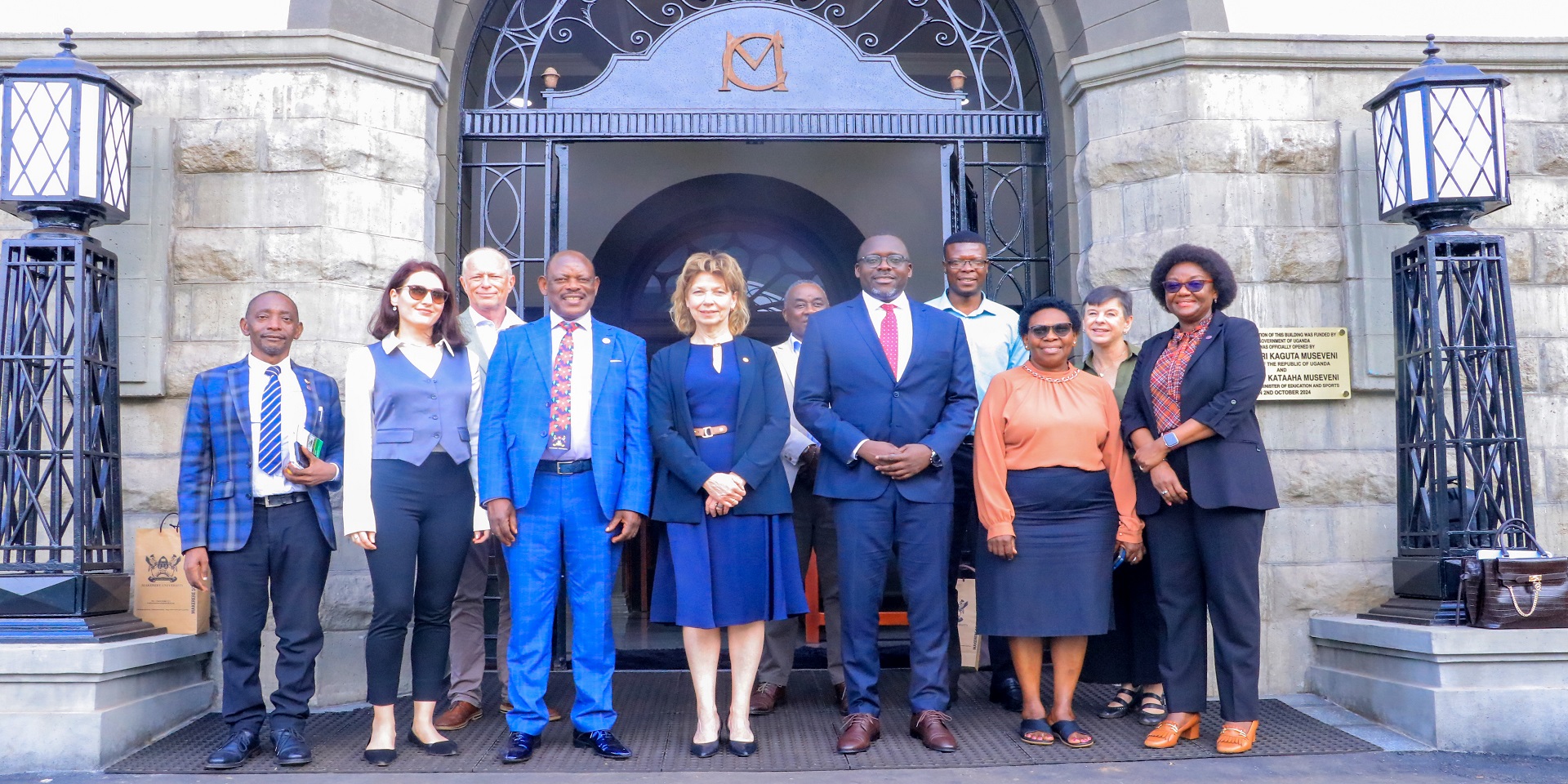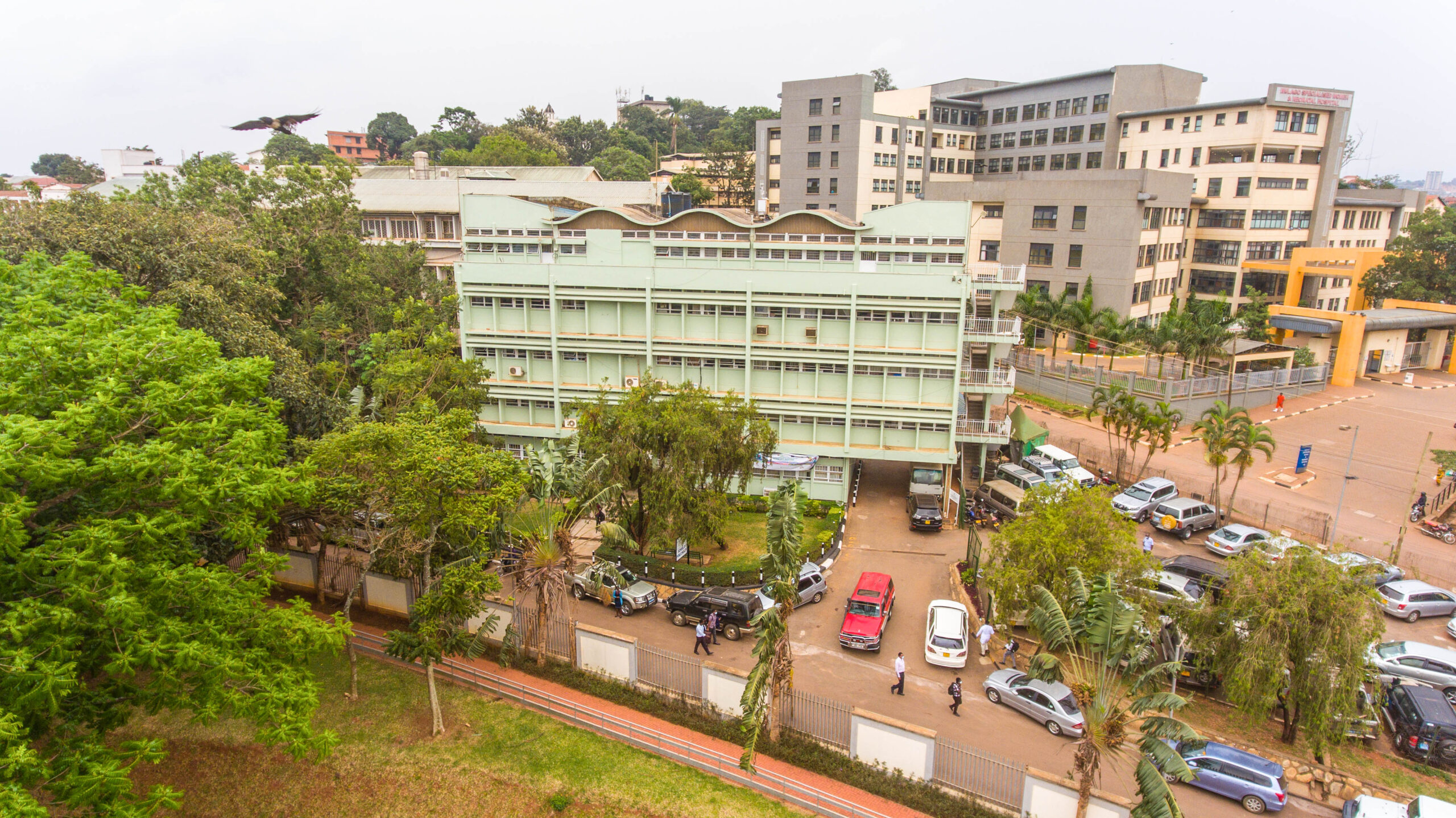
Department of Preventive Medicine Established
In 1957, the discipline evolved into a fully-fledged Department of Preventive Medicine, initially led by Professor George W. Gale and supported by a small team of expatriates.
The department worked closely with other medical school departments, delivering teaching, research, and community service in an integrated and complementary manner. Its activities were primarily implemented through Kasangati Health Center, one of Africa’s pioneering community health centers, established in 1959 with support from the Rockefeller Foundation¹.
Under the leadership of Dr. John Bennet, a renowned preventive medicine practitioner, Kasangati Health Center became a model for community-based health interventions³. His team mapped out households and implemented preventive and curative care programs, leading to a remarkable reduction in infant mortality rates to 24 per 1,000 live births—a figure comparable to those in developed countries at the time⁴. This pioneering approach later influenced the Primary Health Care (PHC) model, which the World Health Organization (WHO) adopted globally. As a result, Kasangati Health Center gained international recognition as a **WHO-designated center of excellence for community health service delivery and research⁵.
Dr. Francis John Bennett (widely known as John), who devoted his life to advancing public health across Africa, is regarded as the “Father of Primary Health Care in Africa.”









